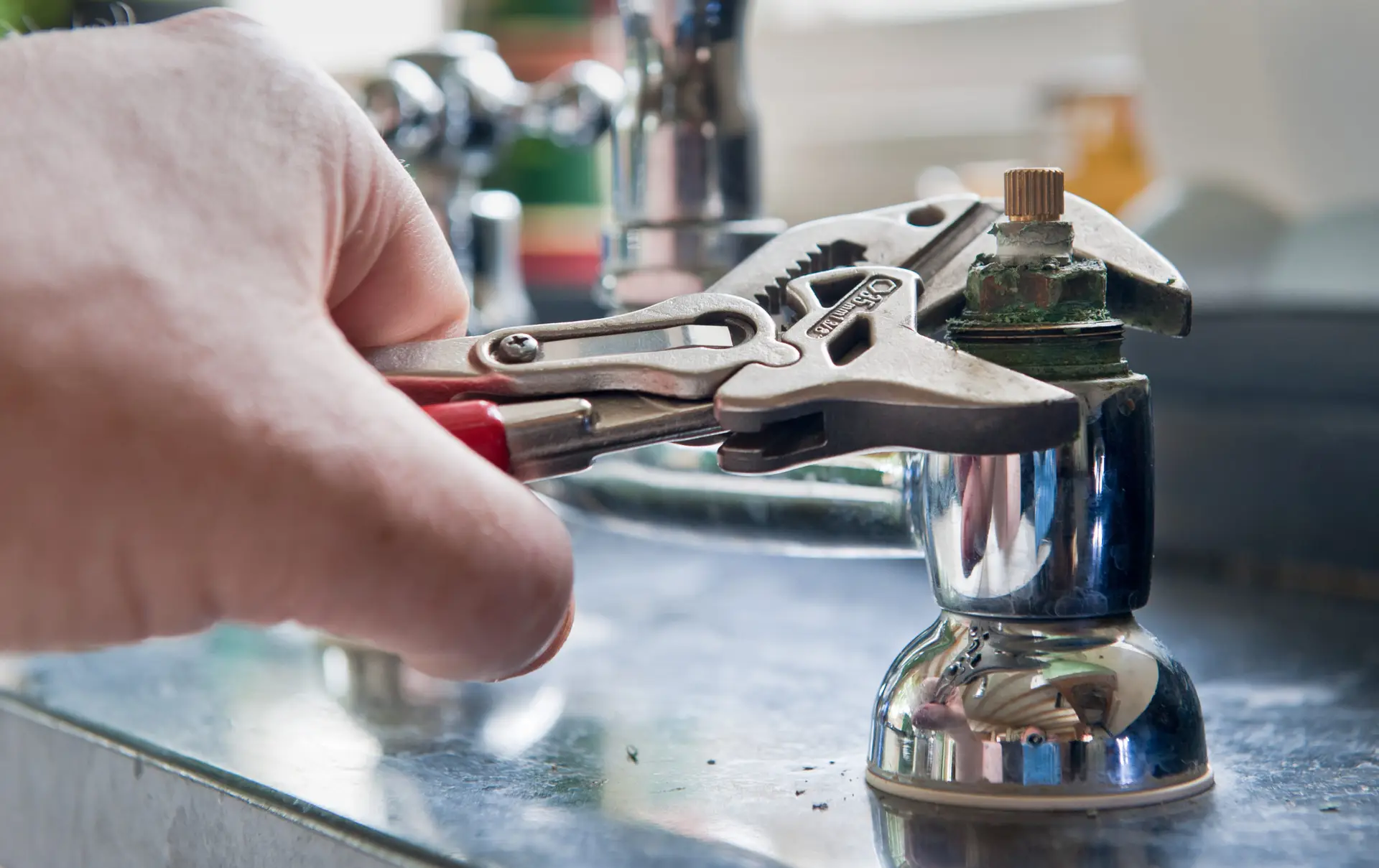
Water Damage Restoration
More or less everyone and every house requires water damage restoration at some point in time. If luck is on your side, you could minimize the damage and with some DIY elbow grease you can tackle the problem.
But if the scale of the water damage is daunting, then repairing it and restoring everything could be quite challenging.
This guide will provide you with every piece of information on water damage restoration, including the various terms associated with it, the negative impacts of water damage, and the layout of the entire process from the first step to the final one.
So, let’s dive into some important repair and restoration work –
What is Water Damage Restoration?
As the name suggests, the process of water damage restoration involves removing water from houses and restoring the entire property to its normal and healthy condition.
When water gets accumulated inside the house, either through a severe leak, faulty pipe, or bad weather conditions, it can create havoc in your house both structurally and aesthetically. If this problem is ignored for long, it can not only make the restoration work impossible and expensive but also, could make the damage irreplaceable.
So, it’s always better that you take an early note of the damage and contact water damage restoration professionals to assess the condition and fix the damage quickly.
Water Damage Restoration Terms
The various terms associated with the process of water cleanup are as follows –
Water Remediation
An equivalent term to water damage restoration, that involves all the steps of water cleaning; starting right from the stage of inspection to restoration of everything to its initial state.
Water Removal
A term used to describe the process of removing water from waterlogged or water-damaged areas.
Water Extraction
An equivalent term for water removal, that is more often than not used for removing or extracting large quantities of water from an outdoor environment.
Water Mitigation
A term used for the prevention or reversing of the damage caused by water in a building.
Flood Cleanup
A term used to remove contaminated water from the flood, which involves the entire process of water removal, sanitization, and drying of the affected areas.
Step-by-Step Guide to Restoration Process
Generally, the process of water damage restoration involves the following processes –
- Inspection & Evaluation
Before any water removal or restoration work proceeds, a detailed assessment of the damage is required by professionals to evaluate the process, the equipment they need, and the time for repairs to get completed.
This classification is critical and depends on the damage to the individual house or building.
- Water Removal
This is the second step where water damage restoration professionals remove or extract the standing water from the home or the building using highly powered vacuums and large extractors.
- Drying & Dehumidifying
After the water gets extracted, professionals will use industry-level dryers, air movers, and dehumidifiers to dry the walls or the areas of standing water.
At this time, although the affected areas will appear to be dry, there will still be some places that will give the impression of being wet. This is why water damage restoration professionals need to keep checking the moisture levels on the floors and of the walls, constantly, before moving to the next step of cleaning.
- Cleaning & Sanitizing
This step is mandatory where experts take the highest possible care to clean and sanitize the home. For the entire sanitization to be completed, the process usually requires spraying, wipe cleaning, wet cleaning, and drying.
- Complete Restoration
This is the final step of water damage restoration when professionals make your sweet home return to the healthy state that it was in before. Experts take care of the repairs, fixes, and replacement of damaged materials at this stage.
Negative Impacts of Water Damage
When you do not address water damage at the right time, it turns into a critical problem. Here are a few reasons why you should never ignore it –
- Critical Structural Damage
Water damage gives way to cracks on the walls. This later harms the entire foundation of your house.
- Mildew and Mold
The dampness and moisture levels of your home increases with water damage. Unhealthy elements like mold and mildew grow in this environment.
- Stains & Foul Smells
The musty odors and dark stains hampers the visual appearance of your house or building. This critically damages the aesthetic appeal.
- Electrical Damage
When water seeps into the electrical sockets it causes serious electrical damage. This then leads to fatal consequences.
- Expensive Water Bills
Your water bills go up when there is a leak in the water pipe. The simple reason is you start wasting way more water than you actually need.
How ECOS can HELP You…
ECOS Environmental & Disaster Restoration, Inc. is your one-stop solution for Water Damage Restoration Services in Rifle, Colorado.
Be it water damage, fire damage, Mold Removal, Asbestos Testing, General Cleaning, or HAZMAT Services, we are serving Rifle and its surrounding communities for years now.
We are available 24/7 and are just a call away at (970) 626-3267. You could also check out our website and we will be in touch with you in no time.
So, reach us today to get rid of your water damage problems!
This ECOS Environmental Blog Post was written in 2Q 2022 and supported by the following Government Entities:
